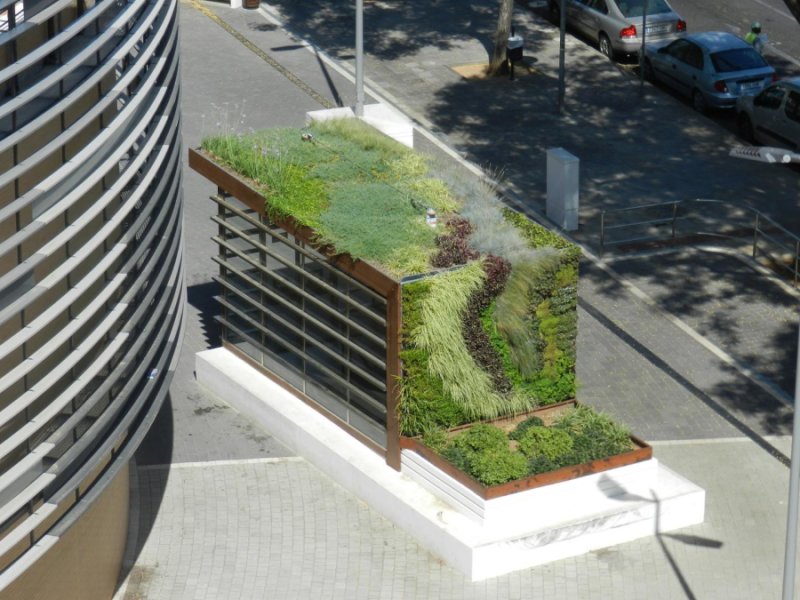11 Dec 2024

Tired Earth
By The Editorial Board

Researchers from the Higher Technical School of Agricultural Engineering of the University of Seville have published a study in which they indicate that it would be necessary to have between 207 and 740 hectares of green roofs, depending on the scenario that is contemplated, to reduce the effects of climate change in relation to the maximum temperature rises of between 1.5 and 6 ºC that are estimated by the end of the century. This would require between 11 and 40% of the buildings in the city.
In this project, published in the review Building and Environment, they have used Landsat 7 ETM+ and Sentinel-2 satellite images to obtain the normalised difference vegetation index (NDVI) and ground temperature. Given the inverse relationship observed between their values, it has been possible to determine the additional area of vegetation needed (in this case of green roofs) necessary to reduce the temperature by the same amount as it is predicted to rise in different climate change models for Seville.
"To mitigate the effects of climate change, we can talk about two types of options: to attack it at its origin, by eliminating or reducing the human factors that contribute to it (such as, reducing emissions, controlling pollution, etc.) or developing strategies that allow for its effects to be reduced, such as, in the case that concerns us, increasing green areas in cities, using, for example, the tops of buildings as green roofs," states the University of Seville researcher, Luis Pérez Urrestarazu.
The installation of these gardens would provide better insulation for the buildings, which would mean, on one hand, an energy saving for their owners, and, on the other, if there were sufficient green roofs, an improvement in environmental conditions, contributing to a reducing pollution and cushioning the higher temperatures.
"To fight against climate change, this is without doubt a necessary strategy at a global level. However, local measures can be established that contribute to this global strategy and which can help to reduce the local effects that might be produced in one's own city," adds Pérez.
The University of Seville research group 'Naturación Urbana e Ingeniería de Biosistemas (Urban Naturalisation and Biosystem Engineering)' works on different projects connected to non-conventional urban naturalisation, especial vertical gardens, and in aquaponics, joint production of plants and fish.
Source : www.sciencedaily.com
Comment